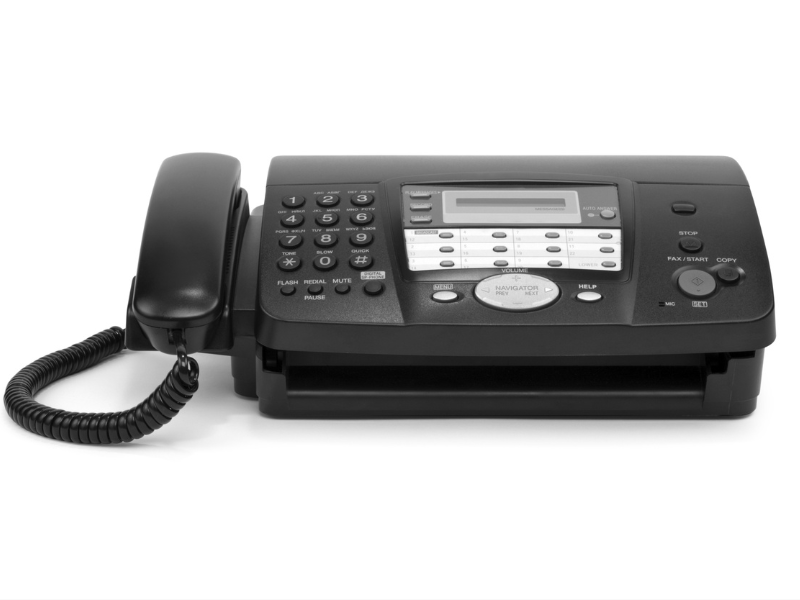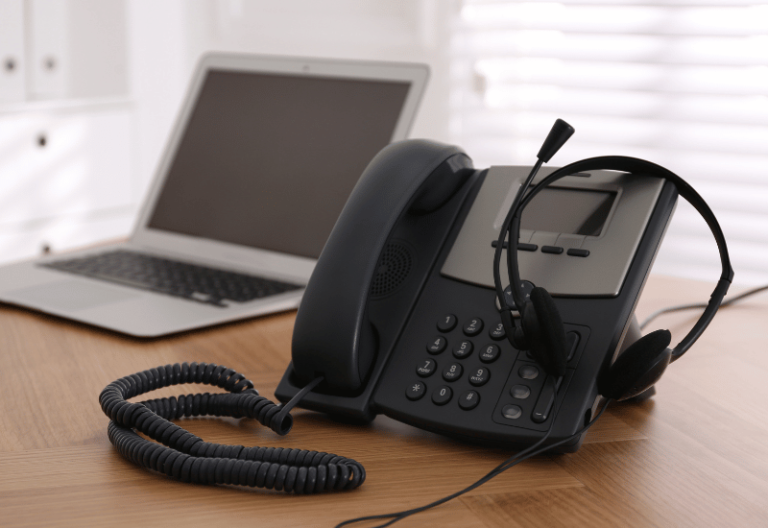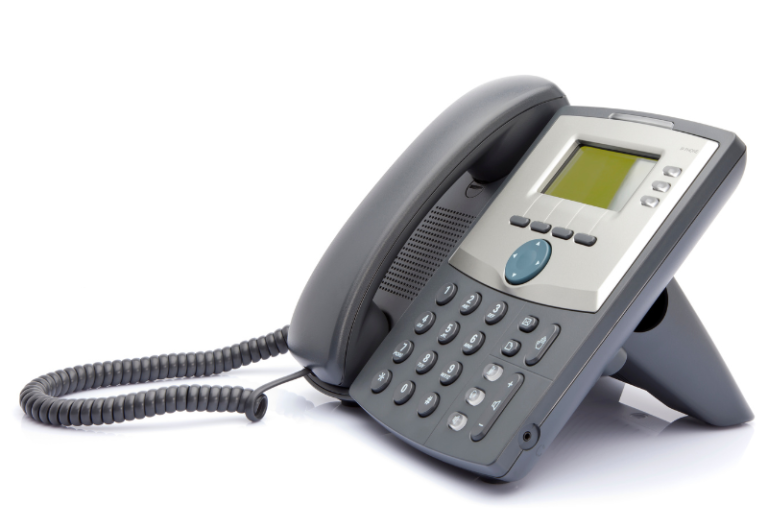Is sending and receiving a fax using a VoIP system possible? The short answer is yes, but is it worth the switch, especially if you regularly fax valuable business documents in high volumes?
This post explores the possibility of VoIP faxing, what it is all about, and whether or not it can help your business transmit faxes faster without needing to use a bulky fax machine with a busy phone line.
Table of Contents
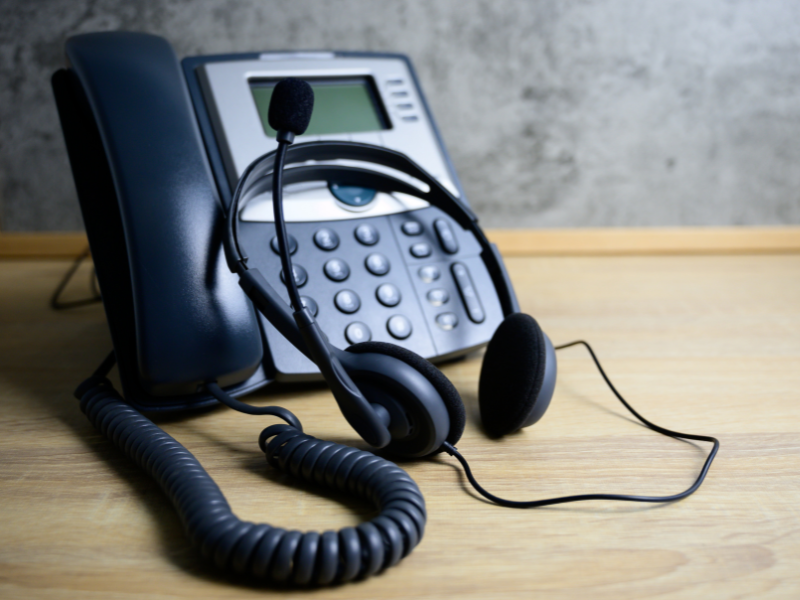
What Is VoIP Faxing?
Traditionally, faxing refers to sending and receiving faxes over a telephone line connected to a fax machine or modem. VoIP faxing deviates from this conventional approach by utilizing Voice over IP (Internet Protocol) lines.
A VoIP fax service provider can help you implement this while offering advanced faxing capabilities, such as being able to fax from a computer. One of the best things about IP faxing is you can send and receive faxes without the bulky office machines. It also helps lower operational costs since there’s no need to maintain a traditional phone line (PSTN) or pay extra for features such as fax forwarding.
Also, faxing over a VoIP line lets you keep your existing office fax machine and use it to fax simply by connecting it to an analog telephone adapter (ATA).
How Does VoIP Faxing Work
Since a fax machine cannot directly use a VoIP line to fax, it utilizes a fax adapter or ATA to convert the analog fax signals into a format that can be transmitted over a VoIP network. Doing so ensures compatibility and prevents problems during transmissions that could affect the fax quality.
Another way is to use a VoIP fax provider, such as iFax, to send and receive faxes via a phone or computer. Choosing this approach also enables you to send faxes directly by email. As long as your device has a stable internet connection, you can send and receive a fax, freeing you from the constraints of traditional fax machines and telephone lines.
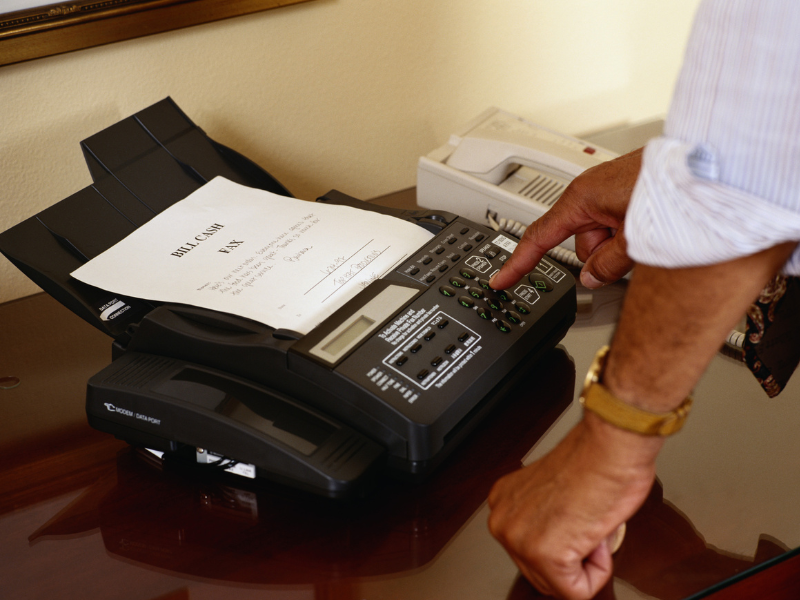
Benefits of Using VoIP for Faxing
Besides offering increased flexibility, VoIP faxing has several other benefits, including:
Cost savings
Faxing over an IP network eliminates the need to use a fax machine. And while it is possible to keep your existing hardware, you now have the option to fax using your computer. That means less expense for regular machine maintenance. You can also forego the need to buy ink and paper.
Best of all, VoIP faxing saves you time. Having more time enables you to focus on core business tasks.
Seamless integration with email
Being able to send faxes directly from email using VoIP offers convenience and efficiency. It allows for quick transmission of information, reducing delays and potential errors that can occur when using a fax machine (e.g., paper jams). It also lets you send faxes from anywhere as long as you have access to your email client.
Enhanced security
VoIP faxing is more secure than sending traditional faxes because you can control who can access, view, and use your documents. All your faxes are encrypted and saved in a secure server, so you’ll never lose data. Unlike traditional faxing, your documents are more prone to employee snooping or being viewed and received by someone else.
Reduced network complexity
Faxing over VoIP simplifies the infrastructure required to send and receive fax documents. Instead of setting up telephone lines and fax machines, you can utilize your existing Internet connection to streamline your fax communications.
Uninterrupted document access
VoIP systems make and receive calls more seamlessly and efficiently than traditional phone lines. Likewise, faxing over VoIP means you can fax documents in real time without disruptions, as long as you have a robust and reliable Internet connection.

Tips for Optimizing Your VoIP Fax Setup
Optimizing your company’s setup for VoIP calls and faxing can be a game-changer for productivity. These tips can help improve the efficiency of your VoIP system:
Run a speed test
Always check the speed of your Internet connection before transitioning to VoIP faxing. If you’re doing a lot of admin tasks, this might cause more traffic. By diagnosing your Internet problems early on, you request your IP network service provider to upgrade your account to a plan with higher bandwidth. Also, consider upgrading to a fiber-optic Internet rather than cable Internet for a faster and more reliable connection.
Configure Quality of Service settings
Manage the quality of your calls and faxes by configuring your routers’ Quality of Service (QOS) settings. When faxing over VoIP, the data packets travel various paths that can affect the speed and impact of your calls and faxes. By improving your QOS, your VoIP server can prioritize voice traffic over lower-priority data traffic, including large downloads.
Choose a reliable VoIP fax provider
A reliable VoIP fax provider can make a huge difference, especially if your business sends and receives faxes frequently. It’s best to choose a provider that can ensure transmission security through military-grade encryption and other advanced security protocols. Also, it would be best if your provider of choice complies with compliance and regulatory requirements. You can also consider choosing a provider offering advanced features such as automatic fax routing, fax by email, and fax broadcasting.
Effortlessly Make VoIP Calls and Send Fax over IP
Switching from a traditional fax machine to a VoIP platform is a big step, but it can significantly improve how your business sends and receives faxes. In that case, iFax offers a seamless transition with its reliable service and user-friendly interface.
There are no complicated setups. Only the best possible way to modernize the way you fax.



